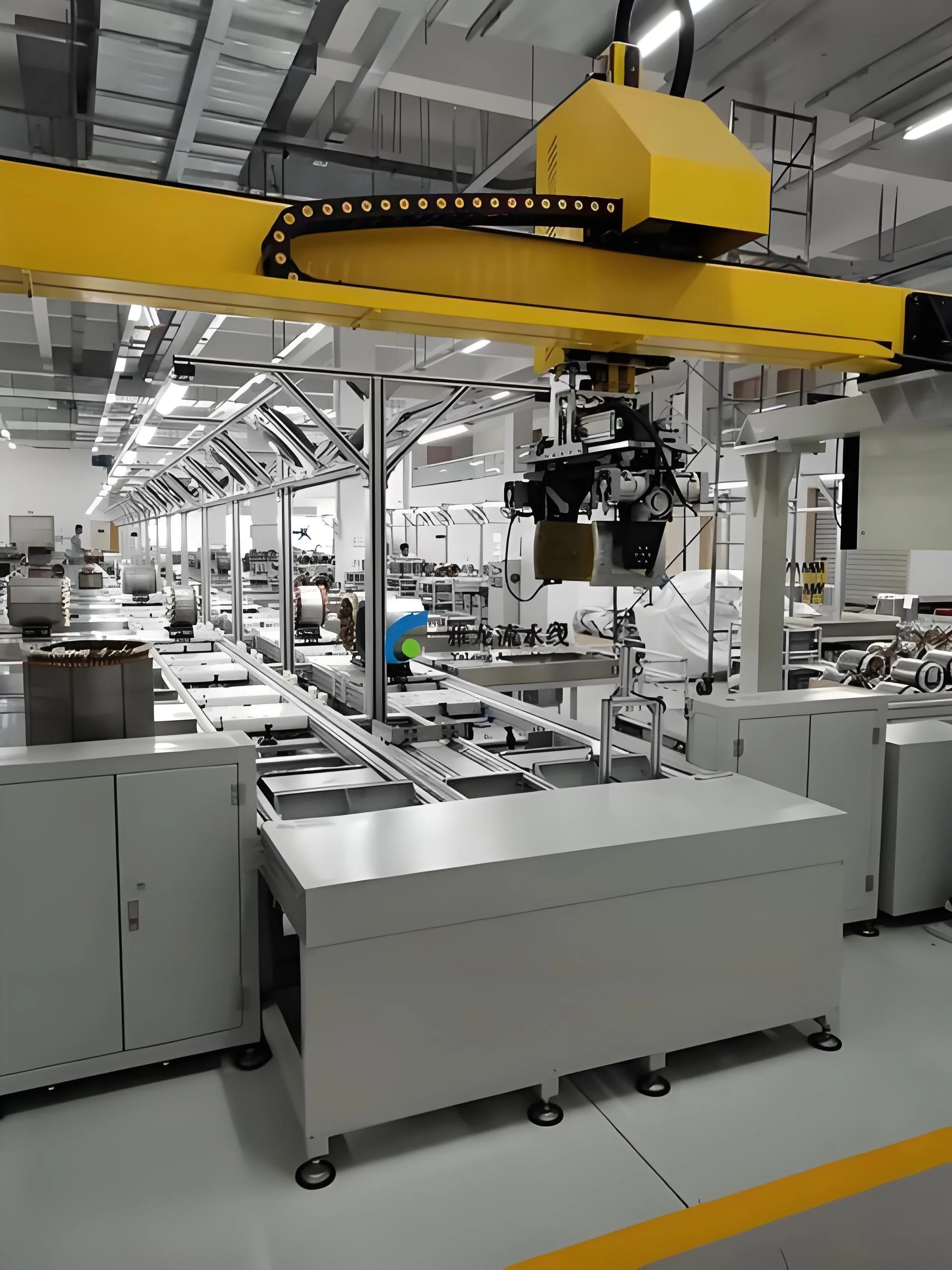Customized Agile Supply Chain: The Next-Generation System for Rapid Market Response
In an era of global competition and rapidly changing consumer demands, traditional mass production models can no longer meet the need for personalization, fast iteration, and small-batch variety. A Customized Agile Supply Chain leverages modular design, intelligent production scheduling, and flexible logistics networks to help businesses transition from "forecast-driven" to "demand-driven" operations.
1. What is a Customized Agile Supply Chain?
Core Definition
A supply system capable of rapidly adjusting production, warehousing, and logistics configurations to meet small-batch, multi-category, and short-lead-time orders in a cost-efficient manner.
Comparison with Traditional Supply Chains
AspectTraditional Supply ChainAgile Supply ChainProductionMass standardizationModular on-demand manufacturingMOQ1,000+ unitsAs low as 50 units (even 1-piece custom)Iteration Cycle6-12 months2-4 weeksInventory StrategyHigh buffer stockDynamic safety stock + pre-sale models
2. Three Core Capabilities of an Agile Supply Chain
① Modular Design & Manufacturing
Product Architecture Optimization:
Breaks products into interchangeable modules (e.g., smartphone = motherboard + battery + casing)
Supports customer-selected configurations (color/material/functionality)
3D Printing + Digital Prototyping:
Design-to-sample in 72 hours
Reduces traditional mold costs (60-80% savings)
Case Study: A sportswear brand reduced shoe sole development time from 3 months to 11 days via modular design.
② Intelligent Flexible Production
Hybrid Production Lines:
Quick-switch capability for different products (apparel/electronics/packaging)
Changeover time <15 minutes (vs. 4-8 hours traditionally)
Distributed Micro-Factories:
Regional small-scale factories for localized demand response
Supports "production before order confirmation" pre-scheduling
Tech Enablers:
Digital Twin simulations
AI-powered dynamic scheduling (equipment status/order priority/material availability)
③ Dynamic Logistics Network
Real-Time Routing Optimization:
Auto-selects transport modes (air/ocean/rail) based on urgency
Cloud-Based Inventory Sharing:
Global warehouse visibility for cross-docking (e.g., U.S. orders fulfilled from EU stock)
Last-Mile Customization:
Supports personalized packaging, engraving, gift notes, etc.
3. Key Enabling Technologies
(1)Demand Sensing System
Social media trend analysis → Predicts trending features
Pre-sale data-driven production planning
(2)IoT Coordination
Smart shelves trigger automatic replenishment
AGV robots handle on-demand material movement
4. Industry Case Studies
▶ Fashion
ZARA-Style Fast Fashion 2.0:
Design-to-shelf in 12 days (vs. 6 weeks traditionally)
Initial production at 30% of forecast, balance made-to-order
▶ Consumer Electronics
Modular Smartphones:
Customers can replace camera/battery modules
Lowers repair costs by 40%
▶ Industrial Equipment
Pay-per-Use Model:
Sensors monitor wear-and-tear, auto-trigger replacement orders
5. Benefits of Agile Supply Chains
MetricImprovementInventory Turnover+50-80%Order Fulfillment Cycle-60-90%Customer Satisfaction+25-40%Dead Stock Ratio-70%+
DTC Eyewear Brand Results:
✓ Customization rate increased from 5% to 65%
✓ Returns dropped 22% (due to better fit/style matching)
✓ Gross margin improved 18 percentage points
6. Future Trends: Hyper-Agile Supply Chains
AI Autonomous Production: Auto-order acceptance → scheduling → shipping
Metaverse Virtual Factories: Customers co-design via VR
Biodegradable Modules: Plug-and-play eco-friendly replacements
How to Begin Your Agile Transformation?
Assess: Identify rigid pain points in current supply chain
Pilot: Modularize 1-2 SKUs as test cases
Scale: Replicate success across product lines
Explore Our Resources:
[Agile Supply Chain Maturity Assessment]
[Industry-Specific Playbooks]
[Success Story Videos]
Agility isn’t a cost—it’s a competitive edge. Make your supply chain adapt like water to any container.

